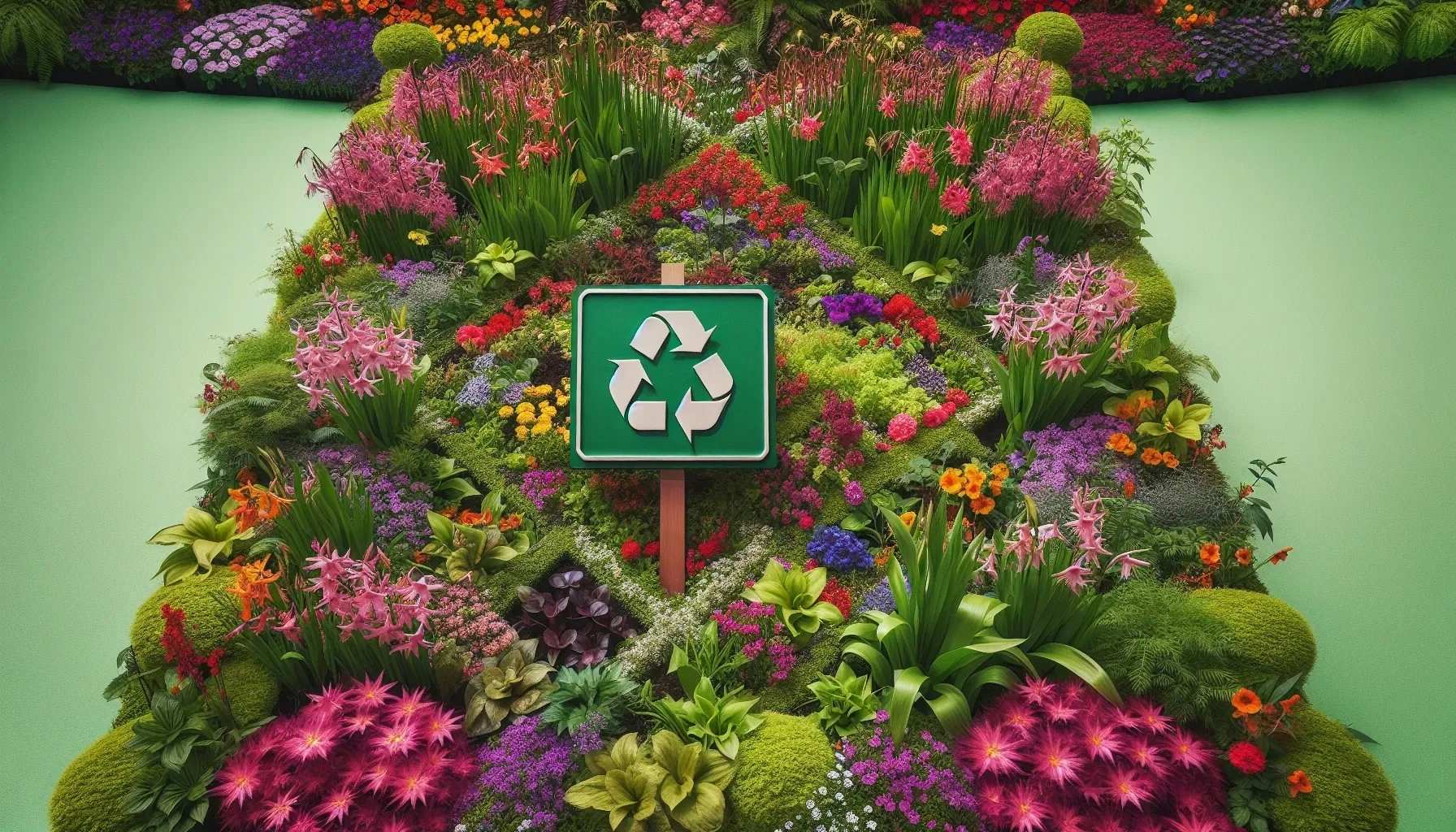How Do You Educate Clients About Sustainable Gardening?
In our quest to cultivate greener spaces, we've gathered insights from experts in the field, including an Arborist and a CEO, on educating clients about sustainable gardening. From showcasing eco-friendly practices to promoting native plants and organic compost, here are four approaches these professionals recommend.
- Showcase Eco-Friendly Practices
- Advocate for Mulch Over Fabric
- Select Native, Low-Impact Plants
- Promote Native Plants and Organic Compost
Showcase Eco-Friendly Practices
To educate clients about sustainable gardening, I've established a demonstration garden that showcases eco-friendly practices such as native plantings, composting, and rainwater harvesting. This hands-on approach allows clients to see the direct benefits of sustainability in action, such as enhanced biodiversity and water conservation. During tours, I highlight how each practice contributes to a healthier garden ecosystem and discuss how these methods can be easily implemented in their own gardens. This visual and interactive experience has proven effective in inspiring clients to adopt sustainable practices, demonstrating the practical and environmental benefits firsthand.

Advocate for Mulch Over Fabric
I encourage my clients to use mulch rather than landscape fabric with mulch as a weed barrier. Mulch must be replenished periodically, but it is worth the expense. Mulch is consumed by earthworms and is incorporated into the soil, improving its tilth and friability. Using leaves from the owners' yards (and others') reduces the burden on landfills. If landscape fabric is used, eventually debris will accumulate on the surface and become weed-infested. Also, the fabric will prevent the colonization of plants, which is desirable in some cases. I have used mulching in my garden, and over a period of 40 years, I have converted the soil from heavy clay to rich and friable black loam. I can dig it with my fingers.
Select Native, Low-Impact Plants
Always select and site plant material wisely in gardens. Tread lightly on the earth by working with native plant materials that are habitat-sustaining: attracting local birds, butterflies, and bees, which also require less water, maintenance, and pesticide control. Provide organic soil conditioning and composts to maximize optimum water absorption and proper nutrient uptake. Use drip systems where possible. Retain moisture with organic mulch as a top dressing.
Promote Native Plants and Organic Compost
Sustainable gardening practices aim to minimize environmental impact, conserve natural resources, and promote biodiversity. Here are some sustainable gardening practices that we continually educate our customers about when they are inquiring about what to plant in their gardens: 1. Opt for native plants. They are low-maintenance, require much less water, and do not require fertilizer to thrive. 2. Use organic compost, like table scraps, used coffee grounds, and eggshells. This ultimately reduces the need for chemical fertilizers and balances the soil with many minerals. 3. Use natural insecticides for plant pests. Vinegar, neem oil, or antibacterial soaps work really well.


